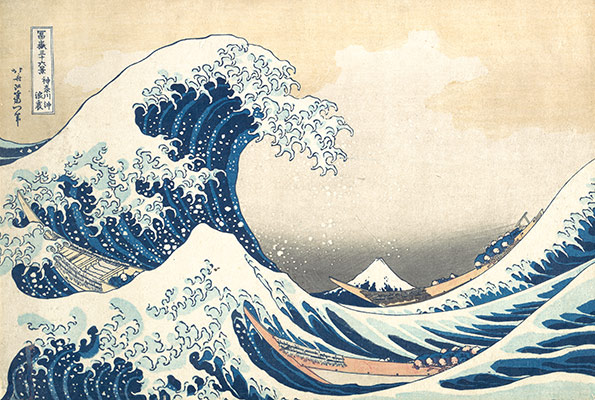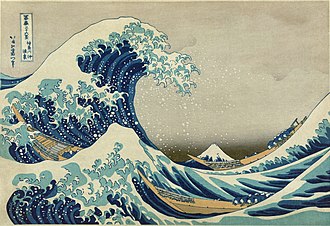Lecture
Steam and the Speed of Light
During the lecture we covered the Romantic Period & Industrial Revolution. The first significant event that was shown was The French Revolution. After wealth disparity and dissatisfaction from French Society, they were beheaded and Napoleon was crowned emperor of France. In around 1780-1790, the Didot typeface by Firmin Didot was introduced as the first modern typeface. It remains popular even until today as a typeface for fashion magazines such as (BAZAAR).A variation of this was also created by Giabattista Bodoni- an elegant serif style serif. Lithography was also covered and in 1800’s Lord Stanhope invents the cast-iron press. It was better than the earlier wooden version as it was heavier for easier printing so it was faster and the material meant it also lasted longer. Many great inventions were made in this period as part of the growing manufacturing sector and the start of consumerism but this meant there was also progress in improving the lives of the disabled. In 1821, Louis Braille developed Braille, a system of raised dots with 63 combos providing the alphabet and is similar to Morse Code. On the other side of the world in the East, the Japanese were innovating in isolation. Their art evolved independently from the rest of the world and they had a lifestyle consisting of pleasure-seeking activities called “Ukiyo” and as a result “Ukiyo-e” art or woodblock prints.
Research
Ukiyo or “Floating World” refers to the urban lifestyle of Edo-Japan (1600-1867). It was characterized by the pleasure-seeking activities pursued by the country’s growing middle class. This culture originated in Yoshiwara which was a licensed red-light district of Edo and is now modern-day Tokyo. Pleasure quarters were also found in Kyoto and Osaka though Yoshiwara was most famous. These districts were not as crude and dirty as we consider today but were likened more to a fantasy theme park. The participants involved and the characters we often see depicted in Ukiyo art included samurai, sumo wrestlers, prostitutes, geisha, kabuki theater actors and even members of the wealthy merchant class. The maintenance of the entertainment industry during this time was VERY IMPORTANT. For many samurai, it was a sweet escape after war as Japan had achieved during this period. For the rest of society, this was a way to cure boredom and come together to enjoy musicals, calligraphy, poetry, painting, ceremonies and sexy escapades!
While music, food and drink were all widely offered, prostitutes were the main attraction. The most expensive ones were elite courtesans who had more to showcase clients than just their body. They were trained is all sorts of fine arts, and were able to perform but they were only attained trough a strict process of meetings. The cheapest consisted of prostitutes with quick services found on streets. Many of these women started in poverty before moving up the hierarchy of prostitution. After being taken from their families without consent or sold away, they were trained and bound to brothels for a ten-year contract.
Furthermore, Ukiyo was unrivaled when it came to artistic talent, and artists evolved, catering to the refined tastes of the wealthy. The People grew increasingly wealthy, literate Despite the so-called pleasure the “floating world” brought, it is said that the samurai and merchants developed a sense of ennui and felt that their lives were meaningless. This is often showcased in the form of poetry, contrasting the beautifully crafted art of Japanese woodblock prints. Similarly, the women portrayed in these paintings focused on the visuals that distinguished rank costume and conduct. In doing so, the psychological and physical scars of this forced system were often overlooked in the bustling life of Yoshiwara. If we look back at the photographs taken rather just the art, we capture a more accurate portrayal of the severity and morbidity of Ukiyo that is often blurred in fact and fantasy.
A Series of Ukiyo-E Art





https://www.metmuseum.org/toah/hd/plea/hd_plea.htm
Bibliography:
https://www.thoughtco.com/what-was-japans-ukiyo-195008
https://www.khanacademy.org/humanities/art-asia/art-japan/edo-period/a/the-floating-world-of-edo-japan
http://education.asianart.org/explore-resources/background-information/edo-period-1615-1868-culture-and-lifestyle
Images:
http://education.asianart.org/explore-resources/background-information/edo-period-1615-1868-culture-and-lifestyle
https://www.pinterest.ca/pin/507851295473586321/?lp=true
http://kmingtsai.blogspot.com/2012/03/namazu-e.html
